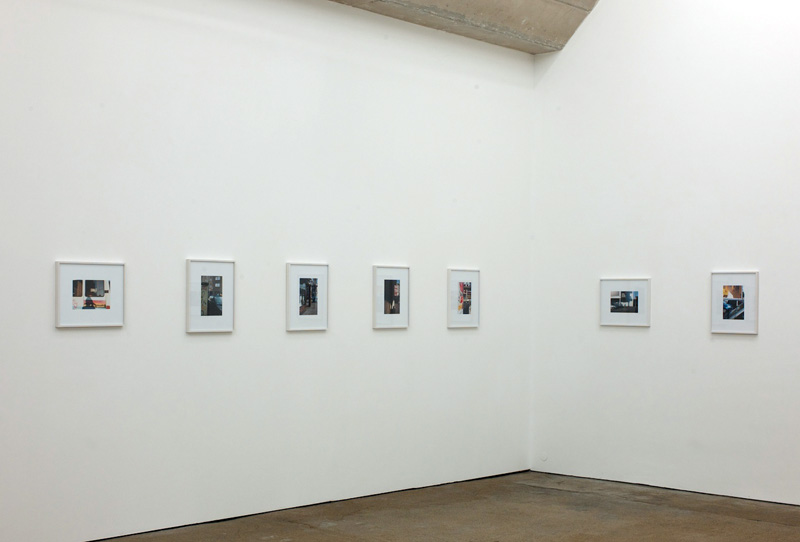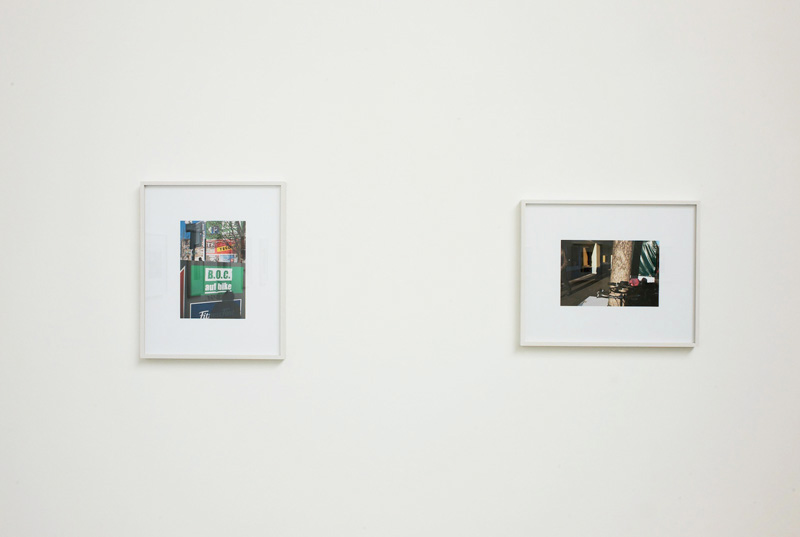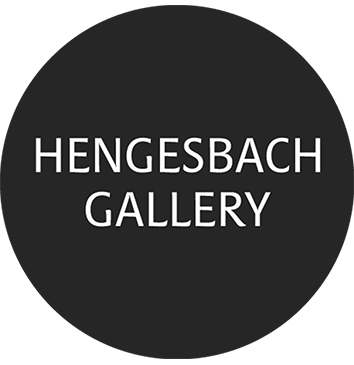Peter Bösenberg
16 November – 21 December 2013
in the tummy of cities
The Cologne-based director and photographer Peter Bösenberg presents a selection of his latest city portraits in the solo exhibition “in the tummy of cities.” These depict views of contemporary urban spaces. Tourist hotspots are not the focus; instead of the monumental, we see the diffuse. The city here is a collection of buildings, traffic, and people—a sprawling jumble. Bösenberg focuses on the contrasts within this convergence, ranging from gray to garish. Through deliberately chosen framings and an unusual lighting direction, the photographs set themselves apart from familiar city portraits. Blocked and staggered perspectives, as well as oddly interwoven fleeting moments, emphasize this approach.
“in the tummy of cities” shows hurried pedestrians, parked Vespas, waiting vehicles—all from the perspective of someone actively participating in urban life. The direction is led by light, the dynamics of intersecting events, and the collision of contradictory situations. Urban architecture never appears as a whole in these shots, but rather as a collage of façade fragments—mirrored, broken, or distorted through the frequently incorporated medium of glass. Its partner in the urban game of revealing and concealing is advertising, with artificial colors and shapes, appearing on signs, banners, shop windows, and constantly competing with omnipresent graffiti.
An example is the image “Reflection”: on the left, it shows a ribbed undershirted back through the partition of a bus stop, behind it a sidewalk with a neglected billboard, and on the right a small piece of jacket—decontextualized in size, shape, and color, like the rest of Bösenberg’s city portraits. It leaves us uncertain who or what is actually being portrayed—the urban, the urbanite, or urbanity itself. Whether the photographed hybrid space in Bösenberg’s work is formed by relating public forms to one another and embedding the respective individuals within them, or whether it is the individuals who shape the infrastructural surfaces into an urban depth space, cannot be determined.
“in the tummy of cities” instead shows which people, buildings, and what kind of traffic give a city space its fragile consistency—and, more importantly, that they can give it at all. The exhibition also demonstrates that our perception of the urban no longer functions through order and structure, but only through, from, and with our inner selves. Seeing and moving form an intuitive unity.
Installation Views


